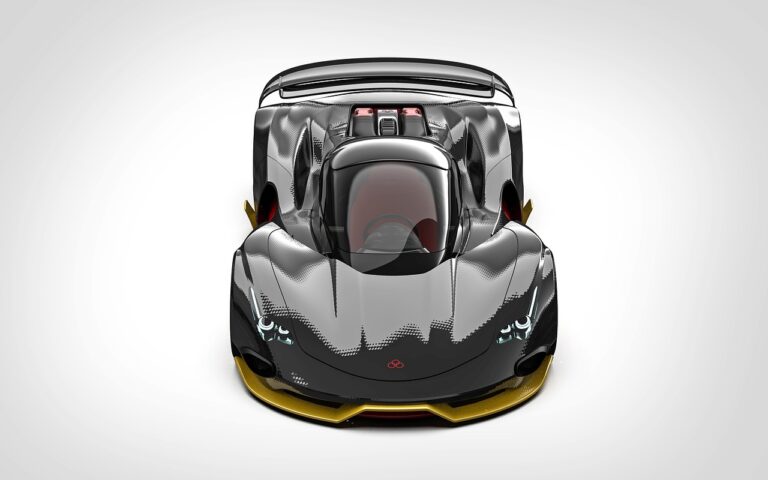Exploring Non-Destructive Testing Methods in Automotive Industry: Allpannel, Cricket id online, Gold365 betting
allpannel, cricket id online, gold365 betting: Exploring Non-Destructive Testing Methods in Automotive Industry
Non-destructive testing (NDT) methods play a crucial role in the automotive industry by ensuring the safety and reliability of vehicles. These methods allow manufacturers to inspect and evaluate components without causing damage, saving time and money in the production process. In this blog post, we’ll explore the various non-destructive testing methods used in the automotive industry and their importance.
Ultrasonic Testing
One of the most common NDT methods used in the automotive industry is ultrasonic testing. This technique uses high-frequency sound waves to detect internal defects in materials. Ultrasonic testing is especially useful for inspecting welds, castings, and other critical components in vehicles.
Magnetic Particle Testing
Magnetic particle testing is another widely used NDT method in the automotive industry. This technique involves magnetizing a component and then applying magnetic particles to the surface. Any surface or near-surface defects will cause the magnetic particles to accumulate, making it easy to detect flaws.
Visual Inspection
Visual inspection is a simple yet effective NDT method that involves examining components with the naked eye or using tools like borescopes and endoscopes. Visual inspection is often used in combination with other NDT methods to provide a comprehensive evaluation of components.
Radiographic Testing
Radiographic testing is a non-destructive testing method that uses X-rays or gamma rays to inspect the internal structure of components. This technique is particularly useful for detecting defects in materials that are difficult to access or have complex geometries.
Eddy Current Testing
Eddy current testing is another NDT method commonly used in the automotive industry. This technique involves inducing an alternating current in a conductive material and measuring the changes in the current caused by defects. Eddy current testing is used to detect surface and near-surface flaws in components.
Liquid Penetrant Testing
Liquid penetrant testing is a simple yet effective NDT method that involves applying a liquid dye or fluorescent dye to the surface of a component. The dye seeps into any surface defects, making them visible under ultraviolet light. This method is often used to inspect non-ferrous materials in the automotive industry.
Importance of NDT in the Automotive Industry
Non-destructive testing methods are crucial in the automotive industry for ensuring the safety, reliability, and quality of vehicles. By using NDT techniques, manufacturers can detect defects early in the production process, preventing costly recalls and potential safety hazards. NDT also helps extend the lifespan of vehicles by identifying potential issues before they become major problems.
FAQs
1. What are the benefits of non-destructive testing in the automotive industry?
Non-destructive testing helps manufacturers ensure the quality and safety of vehicles without causing damage to components. It also saves time and money by detecting defects early in the production process.
2. How often should non-destructive testing be performed?
The frequency of non-destructive testing depends on the type of component and its criticality. Critical components may require more frequent testing to ensure their integrity.
3. Are non-destructive testing methods environmentally friendly?
Yes, non-destructive testing methods are environmentally friendly as they do not cause damage to components, reducing waste and the need for replacement parts.
In conclusion, non-destructive testing methods play a vital role in the automotive industry by ensuring the quality and safety of vehicles. By using techniques such as ultrasonic testing, magnetic particle testing, and visual inspection, manufacturers can detect defects early and prevent costly recalls. NDT is essential for maintaining the reliability and longevity of vehicles, making it a crucial aspect of automotive production processes.







